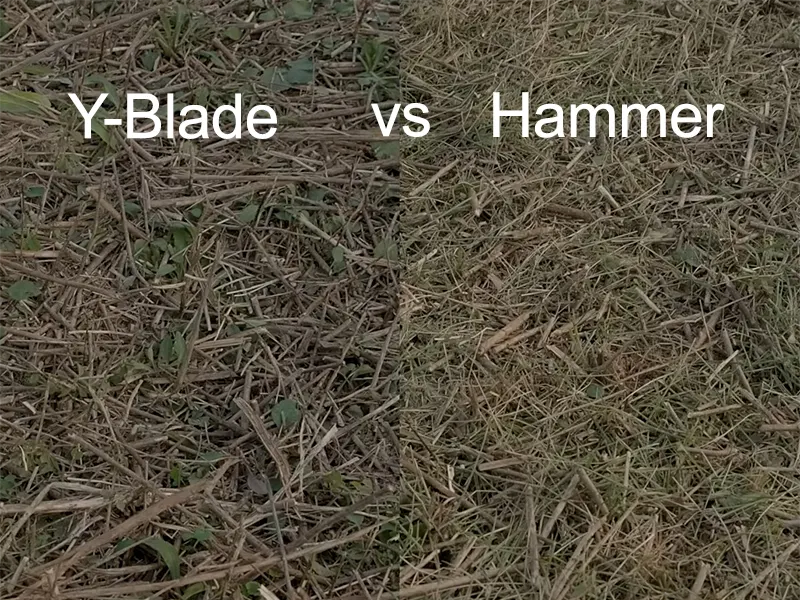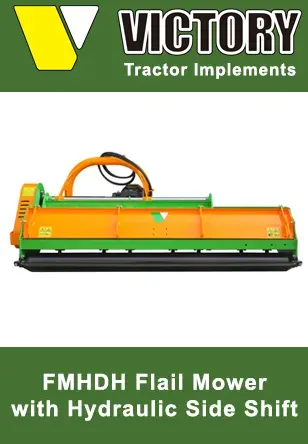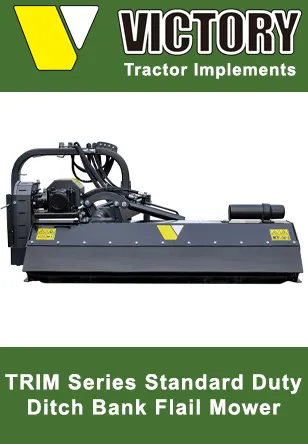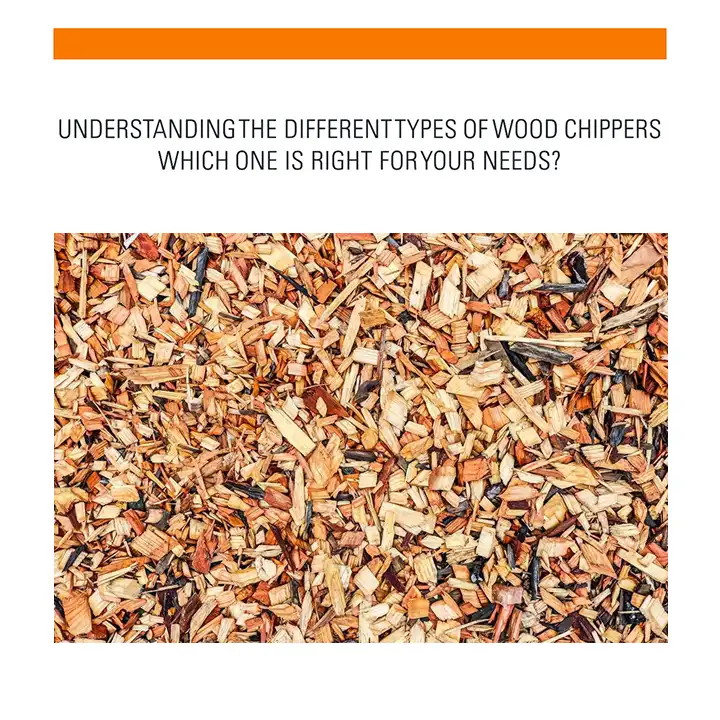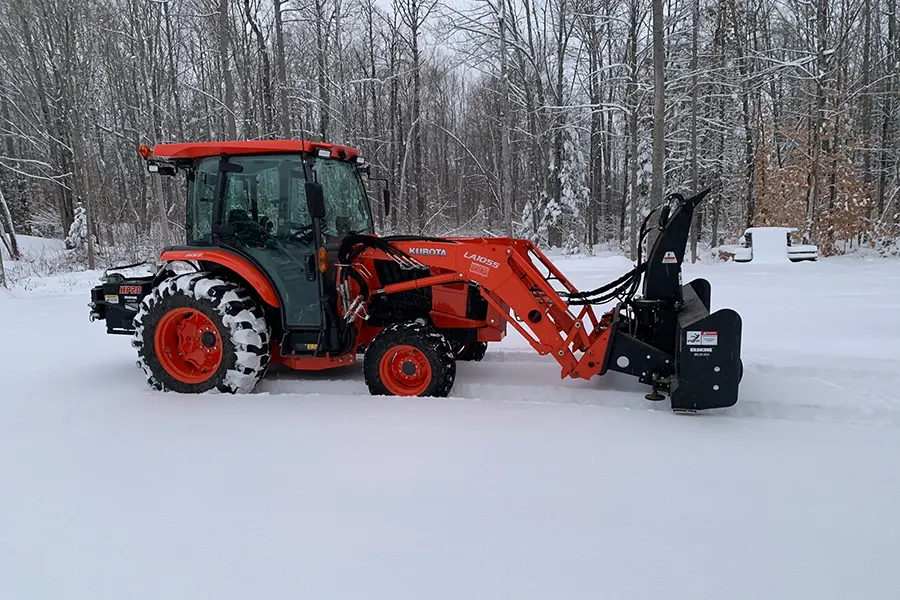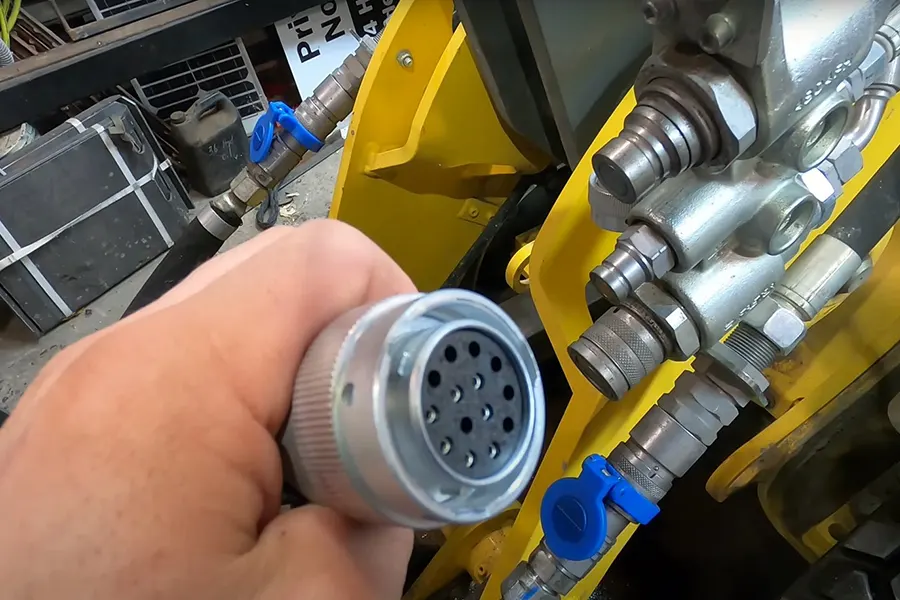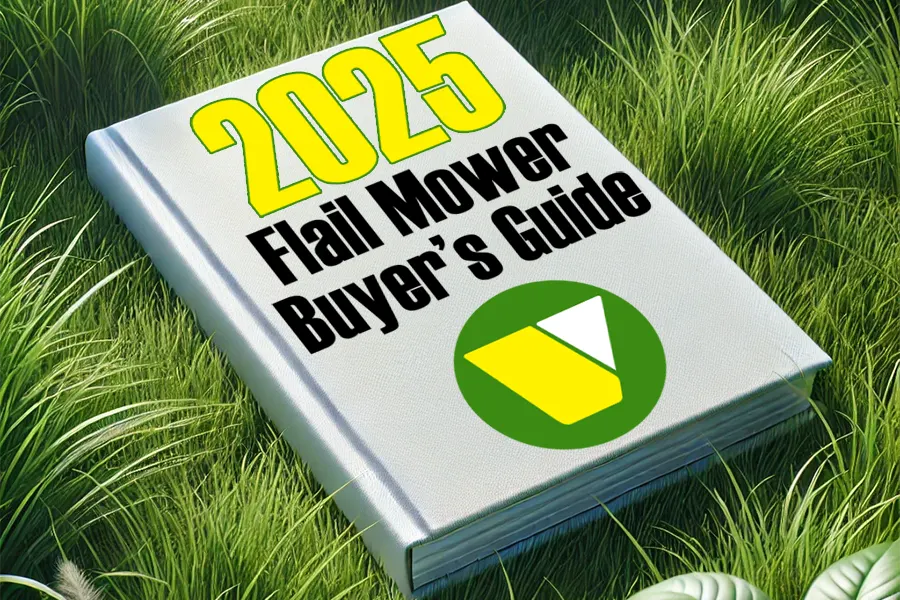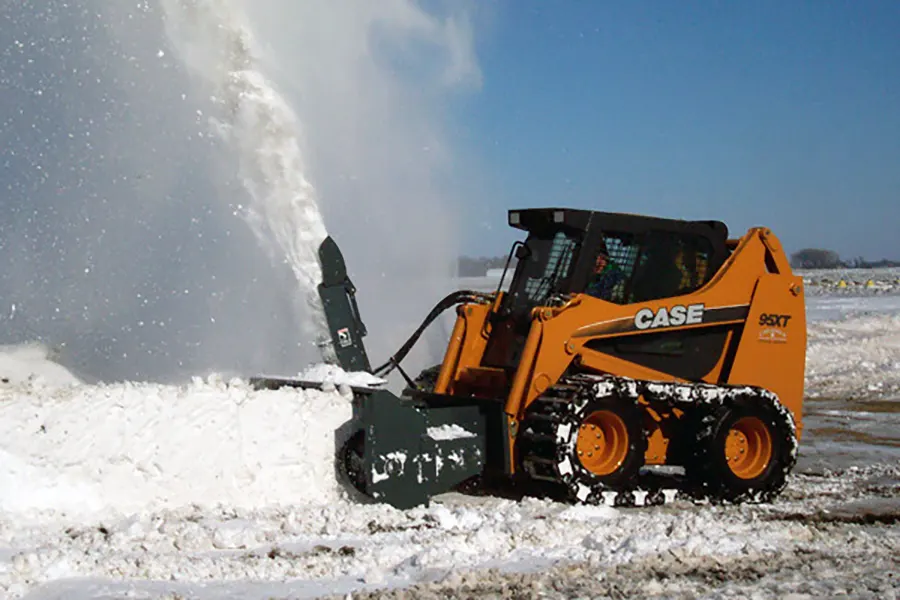Hey everyone, welcome back! Today, we’re tackling a question I get asked all the time: What’s the difference between Y-blades and hammer blades on a flail mower, and which one should you choose? Since these blades are interchangeable, you might be wondering if it’s worth switching from one to the other based on your needs.
Well, I decided to put both blade types to the test. We’ll compare a flail mower equipped with hammer blades to one with Y-blades.
| Topic | Overview |
| Introduction | Comparison between Y-blades and hammer blades on a flail mower to determine which is better suited for different mowing needs. |
| Flail Mowers and Their Blades | Using the EMSD series flail mower with hydraulic side-shift and tilt features on a 64-inch variant with a John Deere 3035D tractor (35 HP). |
| Testing Conditions |
|
| Observations |
|
| Which Blade Should You Choose? | Hammer Blades
Y-Blades
|
| Final Thoughts | Blades are interchangeable, allowing flexibility. Choose the blade type that aligns with your primary mowing needs for convenience and cost-effectiveness. |
Leave a comment below if you have any questions or insights to share. If you want to see more content like this, make sure to subscribe. And if you’re in the market for something for your tractor, don’t forget to check out Victory Tractor Implements.
Victory Flail Mower Compatibility Tool – Which Mower Will Fit Your Tractor?
Flail Mowers and Their Blades
Let’s start by talking about the flail mowers themselves. We’re using the EMSD Standard Duty Embankment Flail Mower series, which we’ve discussed before. These mowers come with a hydraulic side-shift and tilt feature, allowing you to extend the mower far out to the side and rotate vertically. This is great for ditches and banks with options for compact and small compact tractors.
For this test, we’re using a 64-inch variant on a John Deere 3035D, a 35-horsepower tractor with about 30 horsepower at the PTO.
Testing Conditions
We have a variety of mowing conditions to put these blades through their paces:
- Grassy and Weedy Areas: Lush green areas with standard grasses and weeds.
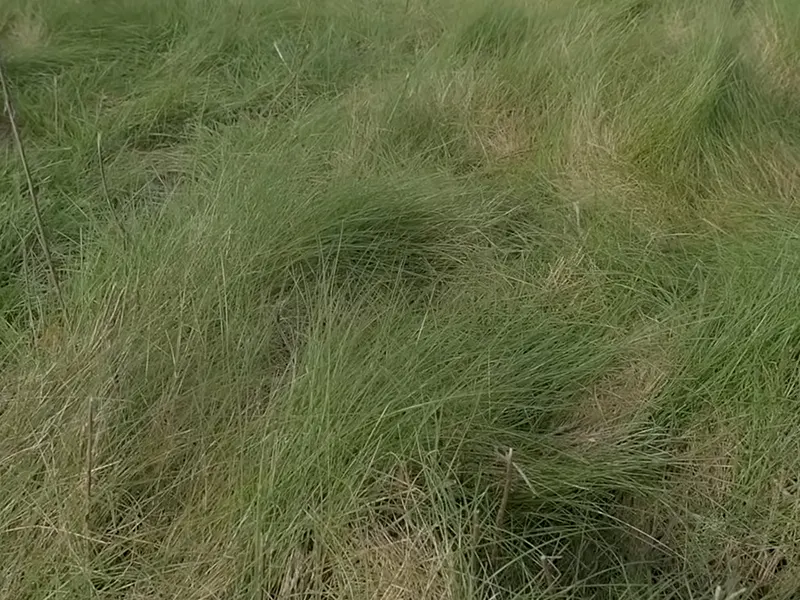
- Woody and Stemmy Areas: Patches with thicker, woodier vegetation.
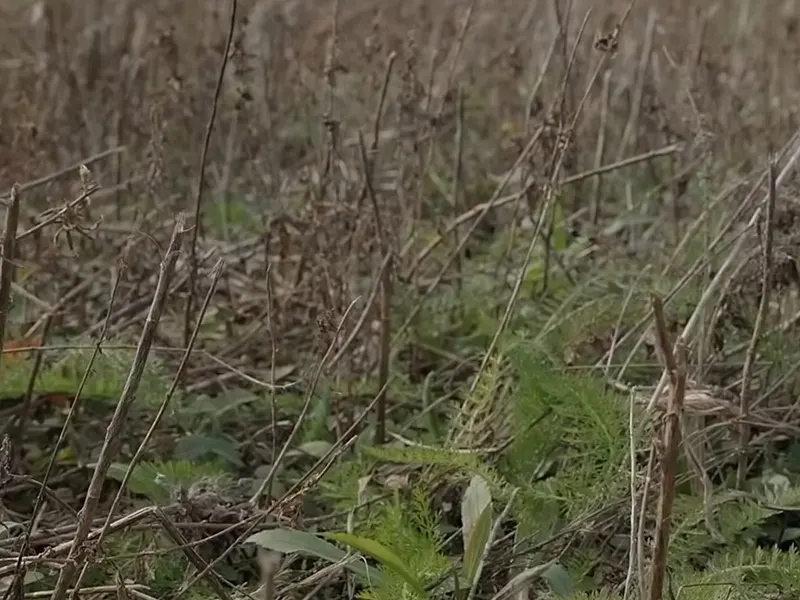
- Mixed Areas: A combination of both, some of which have been cut before and some that haven’t.
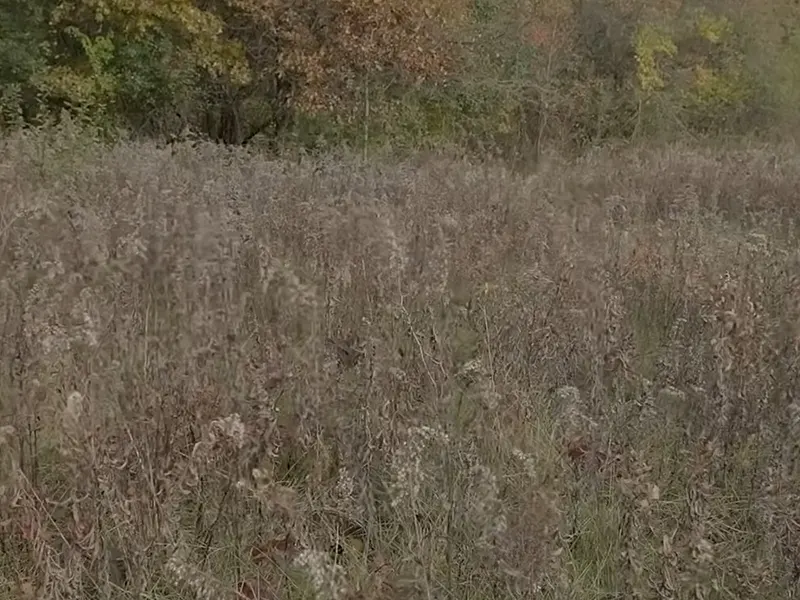
Your terrain and vegetation might differ, but we’ll work with what we have to provide some useful data points.
Observations
After running both mowers through the different areas, here are my key takeaways:
1. Sound and Feel
- Hammer Blades: The mower equipped with hammer blades seemed louder and felt more robust, almost as if it could power through anything.
- Y-Blades: The Y-blade mower was noticeably quieter and seemed sleeker, which aligns with their intended uses. Y-blades are designed for finer grasses and can even be used to mow your lawn.
2. Performance in Grassy Areas
- Both mowers handled the grassy and weedy areas well, providing a consistent cut.
- The hammer blades seemed to put a bit more strain on the engine, possibly due to their heavier design.
3. Performance in Woody Areas
- Hammer Blades: This is where the hammer blades really shined. They did a superior job of cutting through thick, woody stems with minimal leftovers.

- Y-Blades: Left behind noticeably more stems and stalks, meaning you’d have more cleanup or need multiple passes to achieve the same result.
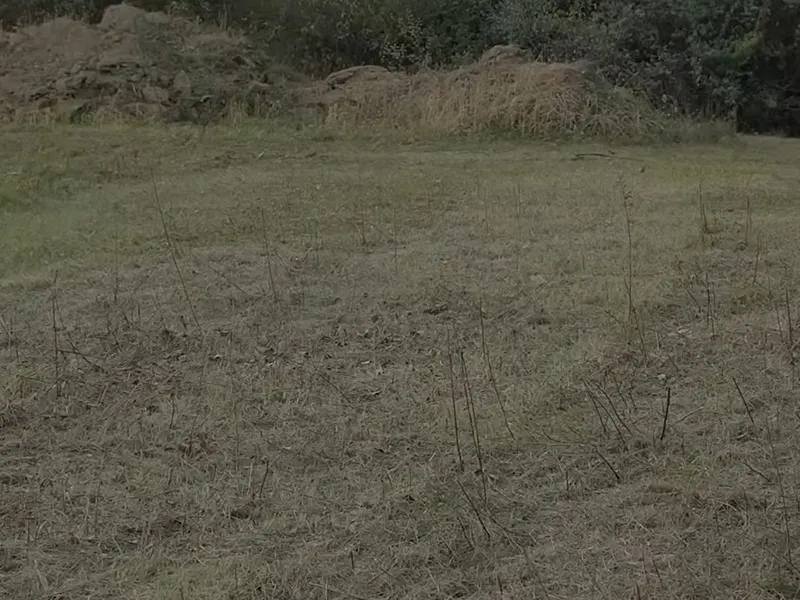
4. Durability and Maintenance
- Low Cutting Height: Flail mowers cut at a low height, just a few inches off the ground, which can sometimes lead to hitting rocks.
- Blade Durability: The hammer blades handled occasional rocks well, even chipping away at them without significant damage.
- Easy Maintenance: If you do break a blade, both types are individually replaceable with just a small bolt and nut—making maintenance a breeze.
Which Blade Should You Choose?

So, which blade is right for you?
Hammer Blades
- Best For: Tackling thick, woody, and stemmy vegetation.
- Ideal Use: Fields and areas that aren’t mowed regularly.
- Considerations: Slightly louder operation and may put more strain on smaller tractors.
Y-Blades
- Best For: Finer grasses and regular lawn maintenance.
- Ideal Use: Areas with just grasses and weeds.
- Considerations: Quieter operation and less strain on the tractor but may require multiple passes in thicker vegetation.
If you’re primarily dealing with fields similar to what we have here—tough brush and uneven terrain—the hammer blades are the way to go. If you’re mowing your lawn or areas with just grasses and weeds, the Y-blades might be more appropriate.
Remember, you don’t have to stress too much about the decision upfront. The blades are interchangeable, so you can switch them out later if your needs change. It’s just more convenient (and cost-effective) to choose the blade type that aligns with your primary use from the start.
Final Thoughts
As always, I’d love to hear your thoughts. Leave a comment below if you have any questions or experiences to share. Don’t forget to subscribe for more updates, and if you’re looking for something for your tractor, check out Victory Tractor Implements.
Well, it’s dinner time, and I’m hungry! Thanks so much for stopping by, and until next time, stay safe and happy mowing!
Frequently Asked Questions (FAQ)
1. What are the main differences between Y-blades and hammer blades on a flail mower?
Answer: The primary differences between Y-blades and hammer blades involve their design, performance, and ideal applications:
- Y-Blades: Shaped like the letter “Y,” these blades are lighter and designed for cutting finer grasses and weeds. They provide a cleaner, more manicured cut and are suitable for regular lawn maintenance. Y-blades operate more quietly and put less strain on the tractor’s engine.
- Hammer Blades: Resembling small hammers, these blades are heavier and more robust. They’re built to tackle thicker, woody, and stemmy vegetation, making them ideal for fields and overgrown areas that aren’t mowed regularly. Hammer blades may generate more noise and can put additional strain on smaller tractors due to their heavier design.
2. Which blade type should I choose for my specific mowing needs?
Answer: Your choice depends on the primary type of vegetation you plan to mow:
- Choose Y-Blades if:
- You’re primarily cutting fine grasses and weeds.
- You intend to use the flail mower for regular lawn maintenance.
- You prefer a quieter operation with less strain on your tractor.
- Choose Hammer Blades if:
- You’re dealing with thick, woody, or stemmy vegetation.
- You’re maintaining fields or areas that aren’t mowed regularly.
- You’re okay with a slightly louder operation and your tractor can handle the extra strain.
Remember, both blade types are interchangeable on most flail mowers, so you can switch them out if your mowing needs change.
3. Can I interchange Y-blades and hammer blades on my flail mower?
Answer: Yes, the blades on most flail mowers, including the EMSD series used in our tests, are interchangeable. Both Y-blades and hammer blades are individually attached using small bolts and nuts, making it straightforward to replace or swap them as needed. This flexibility allows you to adapt your mower to different conditions without having to purchase a new machine.
4. How do Y-blades and hammer blades perform in different mowing conditions?
Answer:
- Grassy and Weedy Areas: Both blade types handle these conditions well, providing a consistent and clean cut. Y-blades may offer a slightly finer finish suitable for lawns.
- Woody and Stemmy Areas: Hammer blades excel in these conditions, effectively cutting through thick, woody stems with minimal leftovers. Y-blades may struggle, leaving behind more stems and requiring additional passes.
- Mixed Areas: If you’re dealing with a combination of grasses and woody plants, hammer blades might be more efficient overall, despite being louder and heavier on the engine.
5. What considerations are there regarding durability and maintenance for each blade type?
Answer:
- Durability:
- Hammer Blades: More robust and can handle occasional impacts with rocks or hard objects without significant damage.
- Y-Blades: While durable for their intended use, they may be more susceptible to damage in rough conditions with rocks or heavy debris.
- Maintenance:
- Both blade types are easy to maintain, as each blade is individually replaceable with a simple bolt and nut system.
- Regular inspection is recommended to ensure blades are in good condition and securely attached.
- Cutting Height and Terrain:
- Flail mowers cut at a low height (just a few inches off the ground), increasing the risk of hitting rocks or uneven terrain.
- Being mindful of your mowing environment can help extend the life of your blades, regardless of type.

Victory Tractor Implements is proud to offer a wide range of products including flail mowers, wood chippers, rotary tillers, and backhoes, all designed to be connected directly to your tractor’s PTO for maximum efficiency and performance. In addition, we also offer winter equipment such as snow plows and snow blowers, designed for use with skid steers.
We source all of our equipment directly from the manufacturer and pass the savings on to our customers. As always, the team is standing by to answer any questions to assist with your decision. Victory support can be reached directly at (562) 534-8182 or sales@etractorimplements.com

